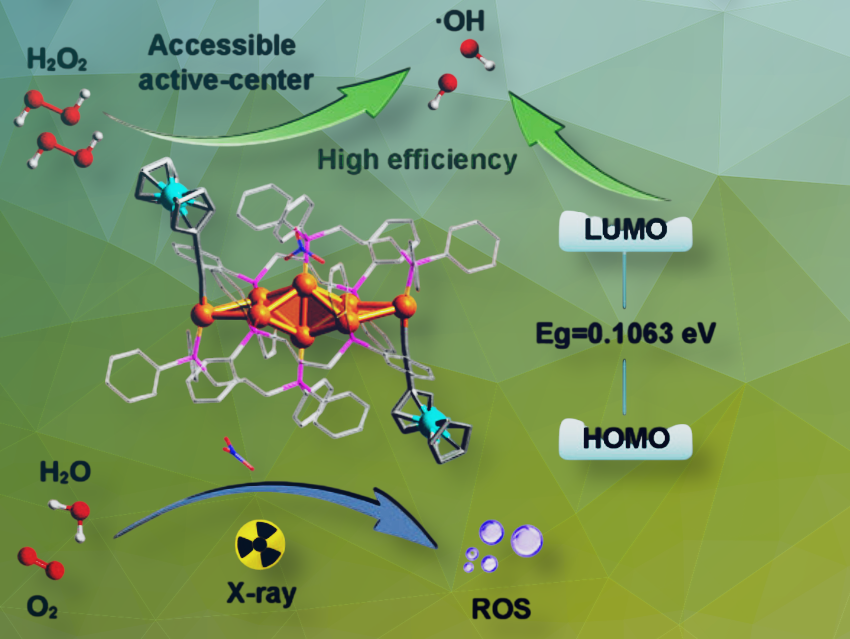Leveraging the exposed metal centers in mononuclear organometallic catalysts and the tunable ligand of nanoclusters (NCs), Shuang-Quan Zang, Zhengzhou University, China, and colleagues have developed gold–iron nanoclusters (Au₈Fe₂ NCs) with strong peroxidase (POD)-mimicking activity and notable antitumor properties.
Ethynylferrocene (EFc) was used to enhance the POD-like activity of gold NCs by creating an unshielded catalytic center and facilitating an electron donor-acceptor interaction between EFc and the Au8 core. As a result, the synthesized Au₈Fe₂ NCs showed excellent reactive oxygen species (ROS) generation activity in the presence of H₂O₂, leading to intracellular oxidative stress induction and activation of the caspase-3/gasdermin E (GSDME)-dependent pyroptosis pathway.
Meanwhile, the radiosensitization properties of Au₈Fe₂ NCs further enhanced their antitumor performance under X-ray irradiation. Upon oxidation by H₂O₂—overproduced specifically at tumor sites—the NCs demonstrated the ability to induce ferroptosis by depleting glutathione and could also be used to detect tumor cells via magnetic resonance imaging (MRI).
Additionally, the team found that Au₈Fe₂ NCs tended to assemble into nanoparticles in aqueous media, prolonging blood circulation time, promoting tumor accumulation, and thereby strengthening the therapeutic effect.
This study opens new avenues for engineering the catalytic behavior of NCs and for the rational design of metal NCs with tailored functions, potentially expanding their biomedical applications.
- Construction of Active Sites-Accessible Au₈ Clusters for Intensive Tumor Pyroptosis,
Qiu-Xu Zang, Wei-Tong Chen, Wenjing Zhang, Zhao-Yang Wang, Xi-Yan Dong, Runping Han, Yanjuan Sang, Xiaoyuan Chen, Shuang-Quan Zang,
Aggregate 2025, e70046.
https://doi.org/10.1002/agt2.70046


